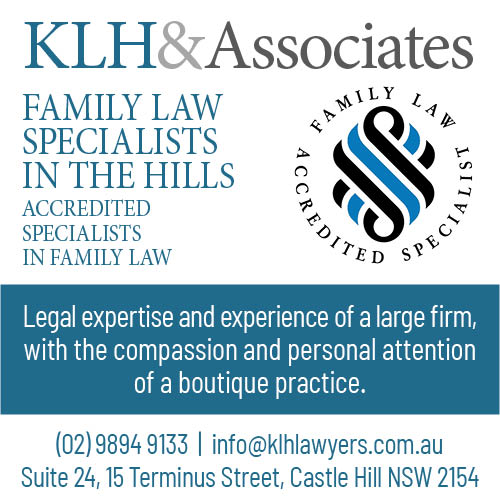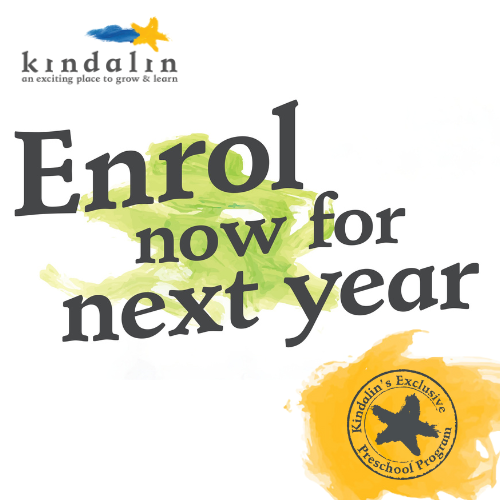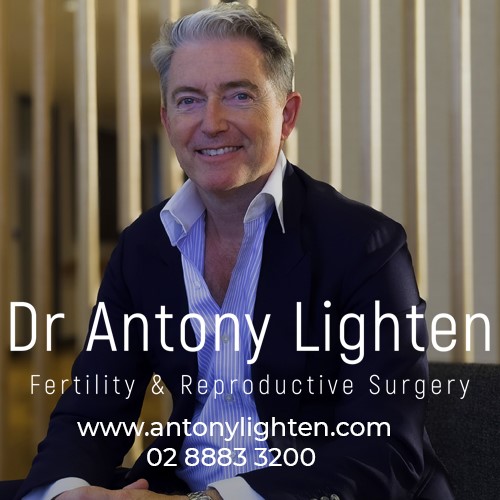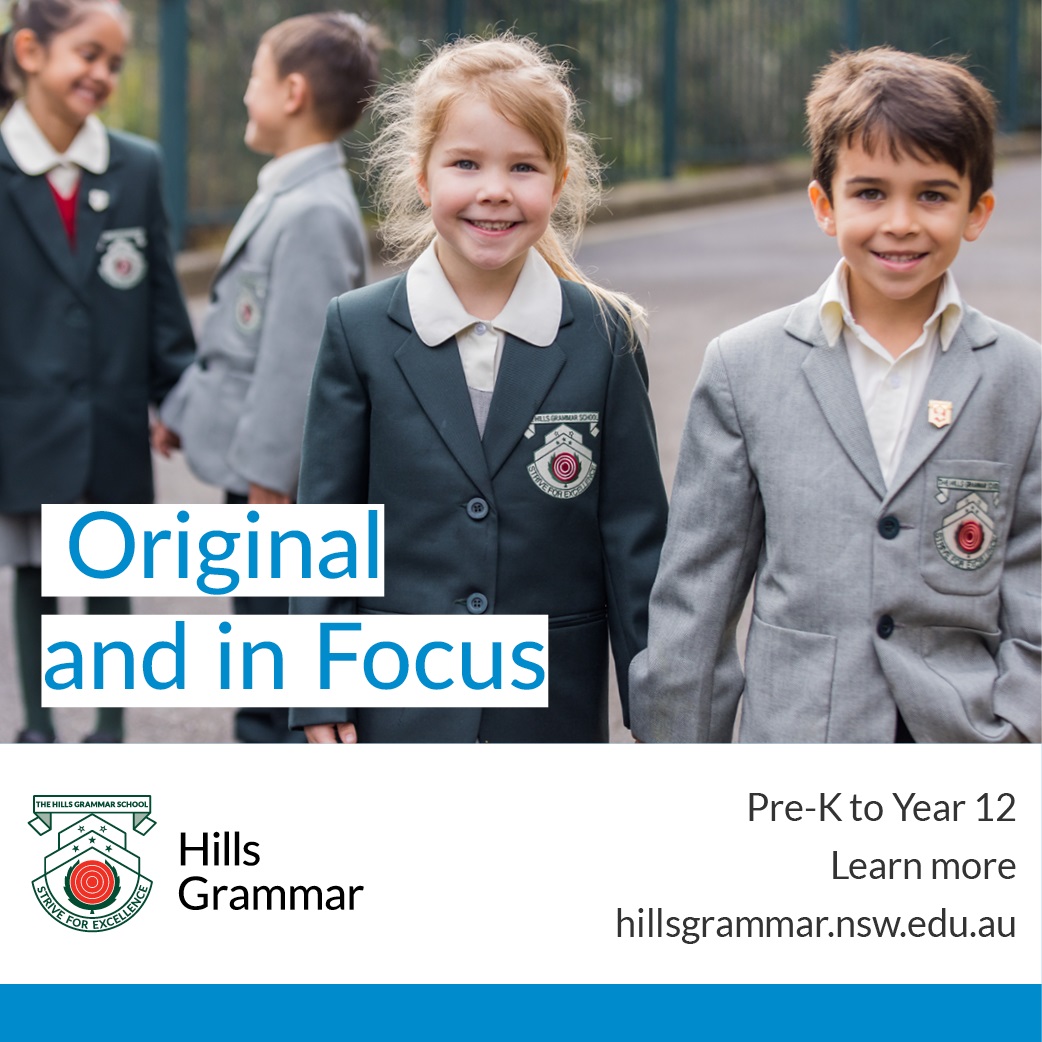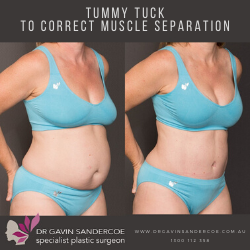Mouth breathing in children is a lot more serious than we used to think. Local GP Dr Suzan Bekir explains some of the associated risks.
Although it’s natural to partly breathe through the mouth when speaking or doing exercise, we are actually born to breathe through our noses, not out mouths! Yes, that’s right. Humans are obligate nasal breathers. This means, if you breathe through your mouth at night then there is something blocking your nasal cavity preventing a comfortable amount of air to flow in and out, there is a disruption of your normal breathing pattern.
Mouth breathing is a Sleep Breathing Disorder; an abnormal breathing pattern which we now know can have serious effects on your child’s health. It lies on a spectrum of sleep breathing disorders of which obstructive sleep apnoea is most severe.
As a GP, working in airway health for 3 years now alongside ENT and allergy, I have come to the realisation that public education and medical education needs to increase to help cope with the epidemic of sleep breathing disorders, orthodontic complications of chronic hay fever or chronic blocked nose and asthma we are facing.
Far from “just a blocked nose”, a nasal airway blockage can stop a child from breathing, speaking, eating, exercising and sleeping properly. Don’t forget losing function of an organ like a nose has consequences. The nose is our air filter system, designed to warm the air, filter it and remove any particulate matter. Remove this organ and it upsets the normal balance between the nose and the oral cavity. Here are just 10 changes that occur.
Dry mouth and lips
An obvious complaint amongst chronic mouth breathers is dry cracked lips and a dry mouth. Waking up to drink water is a give-away sign. Breathing through the mouth reduces saliva production and increases saliva evaporation. Not only is a dry mouth uncomfortable it can affect an individual’s oral hygiene and dental health- increasing the risk of dental decay and gingivitis. Plus this can lead to bad breath!
Asthma worsens
Mouth breathing when you’re an asthmatic is a real concern. NOT using your air filter system – your nose – and directly inhaling air which is dry, cold and contains irritants, pollutants and allergens means asthma is harder to control, thereby increasing the risks of asthma attacks.
Tongue thrusting is a consequence
You will hear more about tongue thrusting if you haven’t already heard about it. To help create an airway the tongue moves forward and develops what is called an abnormal ‘tongue thrust swallow’. Those with a tongue thrust often have speech disorders. It is most commonly associated with an inter-dental lisp on “s” and “z” sounds, where the tongue protrudes between the front teeth. A persistent open mouth posture may also be associated with weakness and shortening of the lip muscles, affecting the ability to produce ‘labial’ sounds (“p, b, m, f, v”) clearly and accurately. Oromyofunctional therapists and speech therapy is often needed to address these speech issues AFTER the airway has been unblocked.
Teeth and palate changes
When the tongue thrusts, it rests in a forward and downward position and there is constant pressure on the teeth and jaw bone, which may affect the alignment of teeth and jaw development.
Moreover, the absence of tongue pressure against the upper palate is also significant. Normal swallowing stimulates the growth and expansion of bone in the roof of the mouth. The bone cells in those sutures are different to those in other parts of our body. They do not grow in accordance with a genetically predetermined outcome. They only grow when stimulated. By age 6, the sutures of the hard palate have knitted together and for those with a tongue thrust, it is often narrow and high. Not surprisingly, mouth breathing is commonly picked up by orthodontists and is associated with overcrowding of teeth and jaw misalignment. Maxillary expanders are often required.
A long, narrow face can result
Research shows open mouth breathing can have a serious effect on the growth and development of the jaw, with small receding chins.
Posture changes
If you’re in an emergency and need to create an airway, the classic first aid measure is the head tilt. Tilting the head back is the best way to improve an airway. Naturally when the nose is blocked and a child needs to breathe they will typically tilt their heads backwards to give them an airway and maximise their air intake. This means neck, shoulders, back and pelvis are forced to realign, causing posture problems over time. After surgically clearing airways, it is not uncommon for us to refer to oromyofunctional therapists to re-train children to breathe again through their nose and reverse these posture changes.
Poor sleep occurs
Sleep disturbance is common. Mouth breathing allows less oxygen in the lungs and blood stream interrupting normal sleep patterns as lower levels of oxygen cause the brain to stay in a more aroused state resulting in light sleep rather than deep restorative sleep. As you would know, sleep is vital for children and has a direct effect on their growth, development ,academic performance, concentration and behaviour.
Behaviour changes
Many children with hyperactivity and attention deficit are often misdiagnosed and may have a sleep breathing disorder.
Enamel wears away on teeth
As kids grow older they will start to notice discolouration of their teeth. While diets high in sugar and acidic drinks contribute to enamel erosion, so does mouth breathing.
So what does this mean for your child? It’s best not to leave mouth breathing untreated. If you notice any of these changes and wish to make an appointment to assess your child’s airway, the Doctors at collective.care Allergy/ENT in Bella Vista can help. When treated early you can eliminate the potential risks and dangers associated with mouth breathing and allow your child to lead a normal healthy life.
Collective.care Doctors have created a unique team approach to ensure the most comprehensive care for this serious issue AND we have kept it bulk billed to give access to all kids. No referral is needed and GPs are trained in airway assessment which means they can perform allergy testing on the spot, oral assessment and will check for enlarged adenoid and tonsils and palate changes and refer to ENT, oromyofunction therapists and orthodontists.
Dr Suzan Bekir
Dr Suzan Bekir is an experienced General Practitioner with over 10 years of clinical experience, practising family medicine amongst a collective of speciality interests including sexual health, paediatrics, mental health, HRT, vitamin therapy, nutritional medicine, allergy + ENT, cosmetic medicine, skin and laser medicine.
Dr Suzie believes in a compassionate, thorough and thoughtful approach to all clinical problems. Her goal is to help her patients get healthy and stay healthy, and her mission is to make this happen, effectively. She is a co-creator of collective.care, Australian Allergy Centre, Taylor Clinic and Dr Ink Tattoo Removal.
If you’d like to discuss any of these issues with a Doctor, you can make an appointment to see one of the collective.care doctors specially trained in assessing children comprehensively. This process at collective.care is entirely bulk billed.Online bookings can be made on www.collective.care










